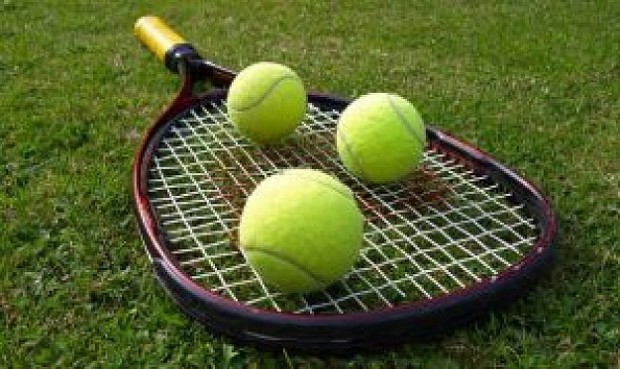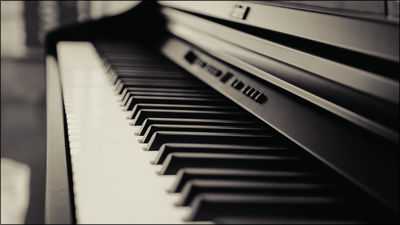 medical imaging technologies, the bigger and better machines are much more capable. Still, a future where small imaging devices would be commonplace is definitely a possibility.
medical imaging technologies, the bigger and better machines are much more capable. Still, a future where small imaging devices would be commonplace is definitely a possibility.
Possible Benefits
Easy access is one of the most obvious benefits that come to mind. If radiologists could use handheld imaging devices, they could also carry those devices with them and use them with greater ease whenever and wherever they are needed. Among the potential limiting factors, we have to mention costs and even confidentiality, as a device like that would likely be connected to the Internet, leaving it vulnerable to potential cyber-attacks.
Why They’re Still Not Feasible
Handheld devices could one day take over the field of radiology, but there are clear reasons why this revolution will not happen in the foreseeable future. There are actually some devices that can do CT brain imaging and even mammograms, but the quality of the imaging, combined with the clear limitations that the size of the screen brings, simply do not allow them to become anything more than an emergency solution.
For emergency purposes, such devices are viable and can actually help out physicians and other medical practitioners, but until the technology becomes more powerful and these devices become capable of providing a bigger image through either holographic or virtual reality solutions, traditional machines will remain the dominant form of radio imaging. Wessam Bou-Assaly is an expert radiologist who loves to see new technical innovations in his profession.
Sources: http://www.futuremedicine.com/doi/full/10.2217/iim.10.54
http://www.wsj.com/articles/virtual-reality-is-coming-to-medical-imaging-1455592257
 As an avid tennis fan who loves to follow the game as much as he likes to play it, Wessam Bou-Assaly appreciates the special sporting event that the Wimbledon Grand Slam is every year. When asked to pick the best, most prestigious one out of the four Grand Slams, most people usually mention Wimbledon, and they probably have very good – and valid – reasons to do that.
As an avid tennis fan who loves to follow the game as much as he likes to play it, Wessam Bou-Assaly appreciates the special sporting event that the Wimbledon Grand Slam is every year. When asked to pick the best, most prestigious one out of the four Grand Slams, most people usually mention Wimbledon, and they probably have very good – and valid – reasons to do that. Wessam Bou-Assaly is an avid enthusiast of classical music who enjoys playing the piano whenever he can get the chance to do so. Piano is a popular musical instrument because it offers people a glimpse into what it would be like if they could really play it. But what does it take to get to an at least intermediate level?
Wessam Bou-Assaly is an avid enthusiast of classical music who enjoys playing the piano whenever he can get the chance to do so. Piano is a popular musical instrument because it offers people a glimpse into what it would be like if they could really play it. But what does it take to get to an at least intermediate level?